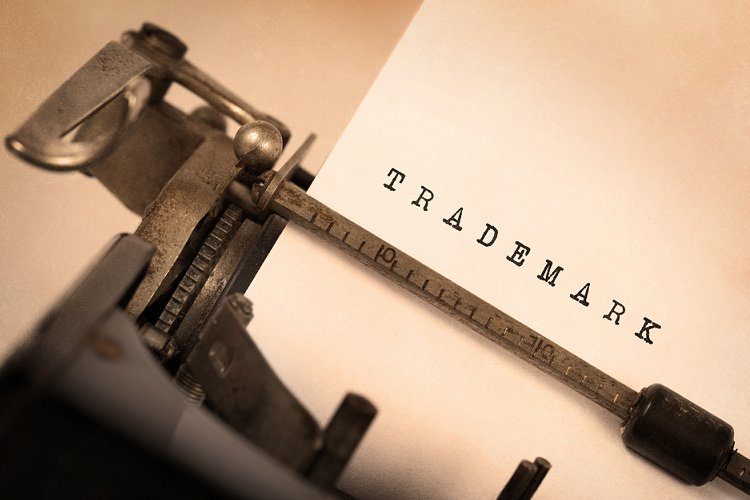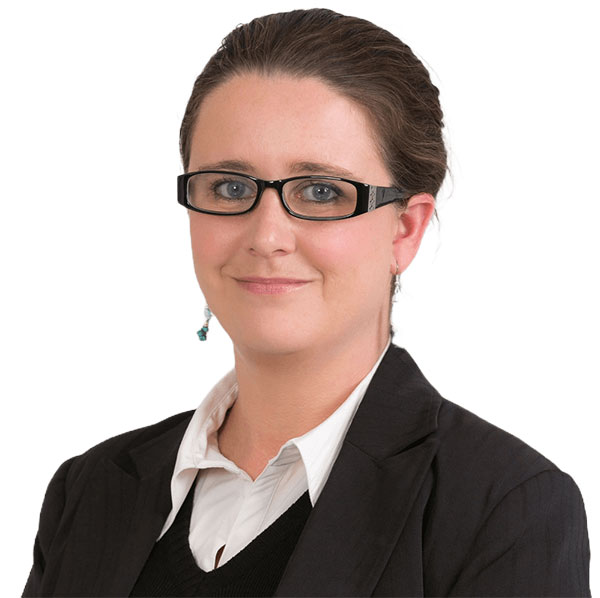What Are Trademark Classes?

In simple terms trademark classes are basically the formal categories that define the goods and/or services that you want your trademark to be protected for when you file a trademark application. There are 45 of these classes of goods and services to select from when filing an Australian trademark application. Classes 1 to 34 cover goods (physical products) with classes 35 to 45 covering services that a business may provide under their brand or trade mark.
The World Intellectual Property Organisation (WIPO) determines and administers the core classes and the nature of goods/services within each class. Most countries subscribe that the same class system with some variations among different countries. Australia allows for filing of a trademark application in these 45 classes by selecting either goods/services that WIPO has determined fit within the classes and/or for goods and services that the Australian Office has deemed to be within those same classes.
Why Are There Trademark Classes?
Firstly, it’s really kind of an administrative housekeeping measure by governments to ensure that the trademark register of the territory is clear to someone looking at the register what a given trademark is registered for (or to easily see what a trade mark has been applied to cover). For example, a business that provides engineering services isn’t out there selling fashion so it’s not sensible for them to have a trademark that covers everything under the kitchen sink, so to speak. This is why we have and use these classes, to segregate the different goods and services.
Is My Trademark Protected for the Whole Class I Select?
No. It is important to note that when you file a trademark application in Australia, you need to list and be specific about the goods or services you intend to promote by reference to your trade mark. For example, class 35 includes retail services but it also includes business administration among other services. If you file your trademark application for retail services in class 35, and you get a registration for that, it doesn’t give you protection of the trademark for use in relation to business administration.
Simply because two services are in the same class, or two goods are in the same class, doesn’t mean that they’re similar nor does it mean by selecting one product or service in a class does it mean you are automatically protected for other goods/services in the same class number. Likewise, it’s possible to have two services or two goods in different classes that might be deemed related. So it’s really important to be clear about what you want protection for, and then find out what class it sits in.
Are There Sub-Classes Within Trademark Classes?
No. Not in Australia. Some countries, particularly China, do have sub-classes which break down the similarities between certain products/services further than the core class system. In Australia you can either select goods/services from a generated pick-list to ensure you are selecting the right class for your activities, or, you can describe your products/services in your own words. In any case, in terms of determining whether your goods/services are the same or related to another person’s trade mark claims you need to pay attention to the actual items selected or described and analyse whether they are the same or related to that other person’s.
Do Trademark Classes Change or Get Updated?
In Australia, goods/services may be added to the classes. This may happen if WIPO makes core changes to the overall classes but might happen when a new product/service becomes a common activity for a business. For example, the Australian classes allow these days for the selection of products or services related to social networking and web-based software applications, which historically simply didn’t exist.
For example, there has not always been 45 classes as there is today. For a very long time there were 42 classes (up until and around from the year 2000) such that a lot of older marks will include claims in class no. 42 that if filed today would fall somewhere else, usually in classes 43, 44 or 45.
How Do Changes in Technology Affect the Trademark Classes?
In Australia, not hugely. Perhaps though, it something that could be done better here. Particularly, the Australian Office still allows very broad and vague product and service descriptions in most of the classes. Not all countries allow this and rather dictate that your descriptions must be quite specific. A good example is computer software, and software applications for class nine. You could file a trademark application in class nine, and just specify software applications. You don’t have to say what your application does, features or the general field of use. But when you think about things like mobile apps, as far as the consumer is concerned, it’s the function of the app that matters, not the fact that it’s a piece of computer software.
Other countries such as the USA, and from more recently also NZ for example, require that when you file a trademark application for software applications, you have to say what it does. I think that that’s quite important.
Different approaches are taken by different offices around the world, and the United States is requires applicants being very specific about what you want. This would apply to software claims but also as another example you can’t just claim clothing in class 25, like you can do in Australia. You have to say exactly what the article of clothing is.
Can I Register a Trademark Across Multiple Classes?
Yes, you can in Australia. There is no limit to the number of classes you can include in an application or various applications over time. You can file a trademark for as many classes and goods and/or services as you need, it will just increase the cost to file. Some businesses will require only one class as their product or service is specific to one class.
However, some businesses – particularly if branding several different products may require more than one class. Just note that once you file an application you cannot expand the products/services first claimed. Therefore to ‘add’ products or services in the future will require that you file a separate application for the relevant products or services, even if they fall into classes included in the original application.
Take Coca-Cola as an example. It’s quite common for big brands to have multi-class registrations and indeed multiple trademark registrations. A search on trade marks incorporating COCA + COLA on the Australian database brings up some 100+ references to current and historical applications, spanning many different classes.
Some of these are filed as defensive trademarks. A defensive trademark is a trademark that is filed and protected in respective goods and services which are not necessarily sold by the trademark owner, but are covered by the trademark, because the trademark is well-known. In order to get one of these defensive registrations, the trademark applicant has to provide evidence to the trademarks office that the trademark is very well known.
A benefit of having a defensive registration is that you get protection for things that aren’t necessarily similar to your core goods, which you wouldn’t otherwise be able to do and maintain, for the reason that your trademark is so famous that putting, for example, Coca-Cola on any item would be confused with the original and true Coca-Cola brand and trademark.

